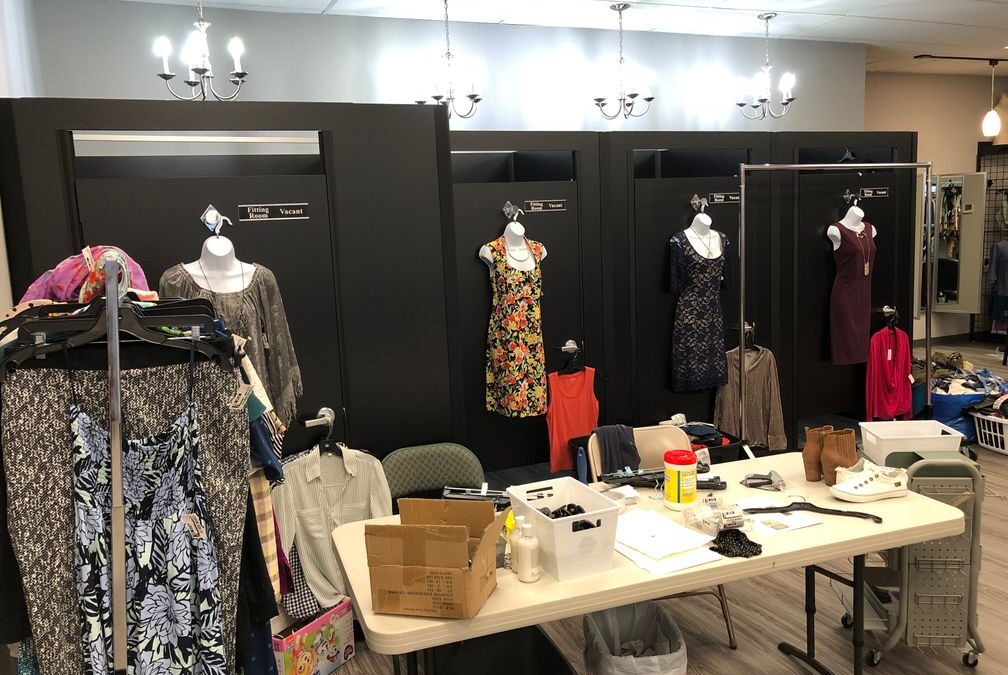Almost three years after the pandemic, some retail tech innovations have hit their expiration dates. Retailers heavily invested in technologies over the last couple of years to accommodate the growth of e-commerce and contactless shopping. But when Covid restrictions began easing, people reverted to their pre-pandemic behaviors, like shopping in stores instead of online. As the pandemic moves away from the spotlight, the development of these trends has fallen by the wayside. Here is a look at three pandemic-driven tech trends that are losing steam:
Live shopping
Although retailers have continued to invest in live shopping, consumer adoption is still lagging. In a recent survey, most respondents — or about 78% — said they have never joined a live shopping event, according to Morning Consult. Instagram and Facebook’s parent company Meta don’t seem to be that confident in lifestreaming’s growth. The live shopping feature on Instagram was made widely available to businesses and creators in 2020 but was just recently axed. Meta also shut down live shopping features on Facebook.
Curbside pickup
Contactless omnichannel services like curbside pickup grew in popularity over the course of the pandemic to limit exposure to Covid. And while the idea of getting products without leaving the car proved fruitful for some, others are beginning to kick curbside pickup off the curb. With shoppers no longer weary of crowds, the use case for curbside pickup is beginning to dwindle.
Autonomous robotic delivery
The pandemic also triggered a wave of experiments for alternative ways to deliver goods that limits human contact. Companies have been toying with the idea of incorporating autonomous robotic and drone delivery into their operations. Still, the pandemic was seen as a catalyst for retailers to ramp up testing even further. Although autonomous robotic deliveries haven’t been deployed at a large scale, retailers testing them out quickly ran into some issues.
What retailers have learned
The pandemic is no longer at the forefront of retailers’ decision-making, which is pushing them to offload investments that are no longer serving them well. Retailers have the tendency to jump on the bandwagon, especially during the pandemic, without considering if it fits their brand. Retailers are likely to be more careful about what technology to invest in and look to invest their capital in technology that could help reduce costs.

